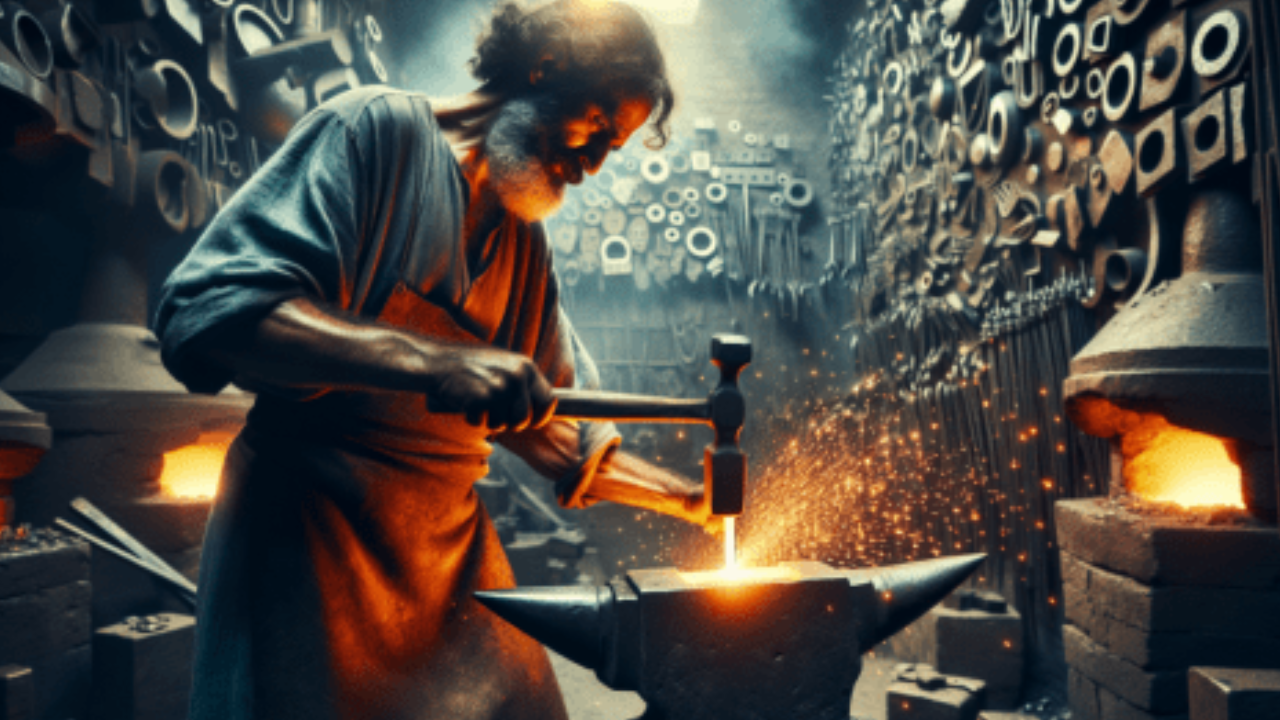Hot die forging is a metalworking cornerstone, a sophisticated and frequently used method for shaping metals into intricate and high-strength components. This process involves heating the metal to high temperatures and then applying it to severe pressure within precision-designed dies. The basic idea is to increase the fluidity of the material, allowing it to flow and acquire the shape of the die.
Hot die forging is especially good at manufacturing complicated and large-scale components because it takes advantage of the material’s greater malleability at high temperatures. The hot die forging procedure is widely used in a variety of industries, including automotive, aerospace, and industrial manufacturing, where durable, precisely formed parts are required.
Characteristics of Hot Die Forging
Hot die forging is a specialized metal forming method that includes shaping metal at high temperatures to produce high-strength, precision components. This manufacturing technology is differentiated by its ability to improve material characteristics and generate complicated geometries. In this detailed study, we will investigate the characteristics of hot die forging, throwing light on the main aspects that make it a desirable method for making crucial components in a variety of sectors.
Elevated Temperatures
The employment of high temperatures throughout the forging process is a distinguishing feature of hot die forging. Hot die forging, as opposed to cold die forging, which operates at or near room temperature, often entails heating the metal to temperatures over its recrystallization point. The increased temperatures greatly reduce the flow stress of the material, allowing for simpler deformation and improved formability.
Increased Ductility
Metals become more ductile as they are heated during hot die forging. This improvement in ductility is important for shaping complex geometries and obtaining precise features in forged components. Because of the increased ductility, the metal may flow more freely into the contours of the die, resulting in accurate and detailed final shapes. Allows for the manufacture of components with fine details and complicated features.
Reduced Flow Stress
The high temperatures used in hot die forging cause a significant reduction in metal flow stress. This decrease in flow stress makes the material more bendable, needing less forging force. Lower forces result in less wear on the forging dies, which contributes to longer die life and less maintenance. Lower forging forces reduce die wear, increasing die life.
Enhanced Material Properties
Hot die forging improves material qualities, such as mechanical properties and structural integrity. Elevated temperatures enhance recrystallization and grain refinement, resulting in a finer grain structure. This smaller grain structure improves the strength, toughness, and overall mechanical performance of the forged components.
Minimized Residual Stresses
Hot die forging aids in the reduction of residual tensions in the final components. The process’s regulated heating and progressive cooling reduce the possibility of thermal gradients and uneven material cooling, which can cause residual stresses. Residual stress minimization is critical for preventing component distortion and guaranteeing dimensional stability. Residual stresses were reduced Dimensional stability has been improved, minimizing the requirement for extra machining.
Broad Material Compatibility
Hot die forging works effectively with a variety of materials, including different alloys and metals. Materials with higher melting points that would be difficult for cold forging are accommodated by the method. Carbon steels, alloy steels, stainless steels, and non-ferrous alloys are common materials used in hot die forging.
Complex Part Geometry
Because of the increased ductility and formability at high temperatures, complicated geometries can be produced. Hot die forging is especially beneficial for items with complex forms, such as turbine blades, crankshafts, and connecting rods. The method enables the quick and exact sculpting of complicated elements.
Improved Surface Finish
As opposed to cold forging, hot die forging frequently produces components with better surface polish. The higher the temperature, the better the material flows and fills in the die cavities, lowering the possibility of surface flaws. Because of the enhanced surface smoothness, further post-forging processes like machining or surface treatment are no longer required.
Sum Up
Hot die forging is a versatile and efficient manufacturing process marked by high temperatures, increased ductility, and improved material properties. It is a popular choice in a range of industries due to its ability to produce components with complicated geometries, superior mechanical characteristics, and increased surface polish. Hot die forging remains a cornerstone of precision manufacturing as technology progresses, providing a combination of strength, precision, and efficiency.
